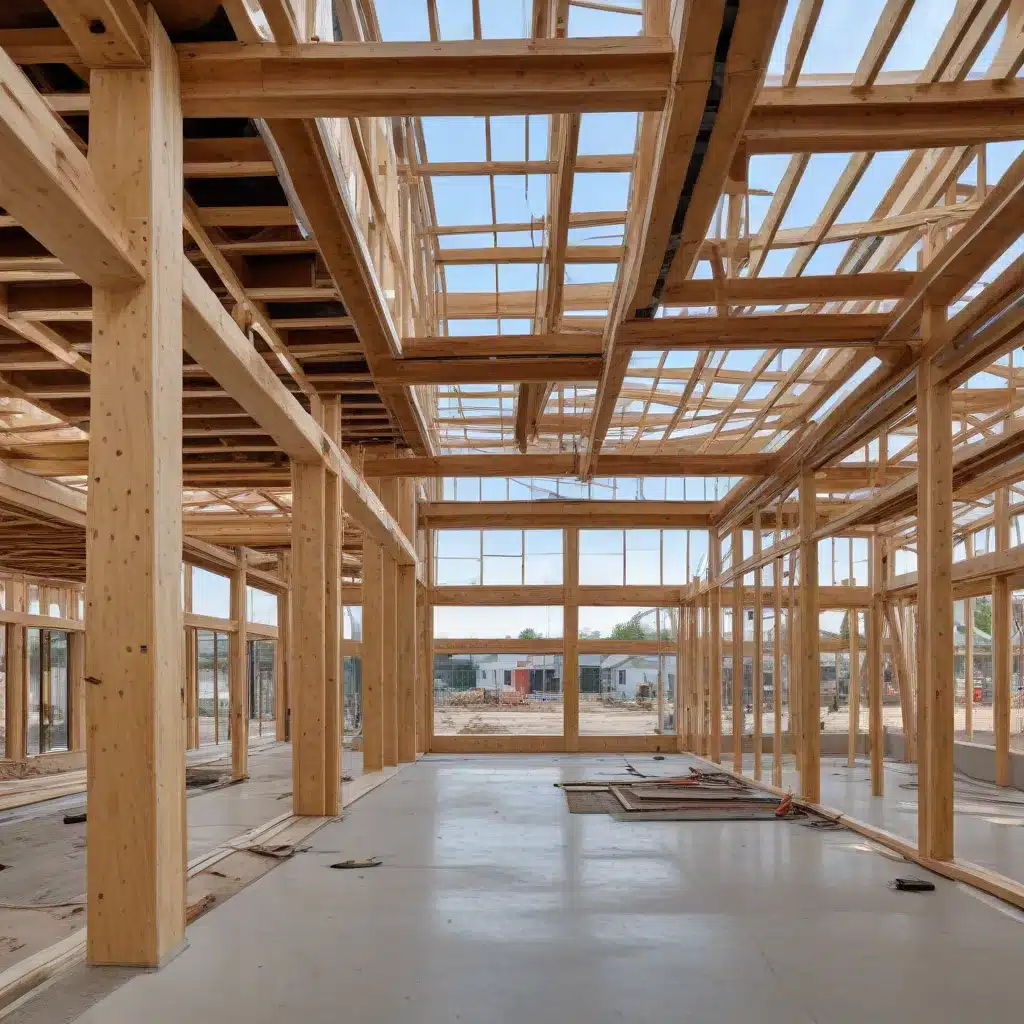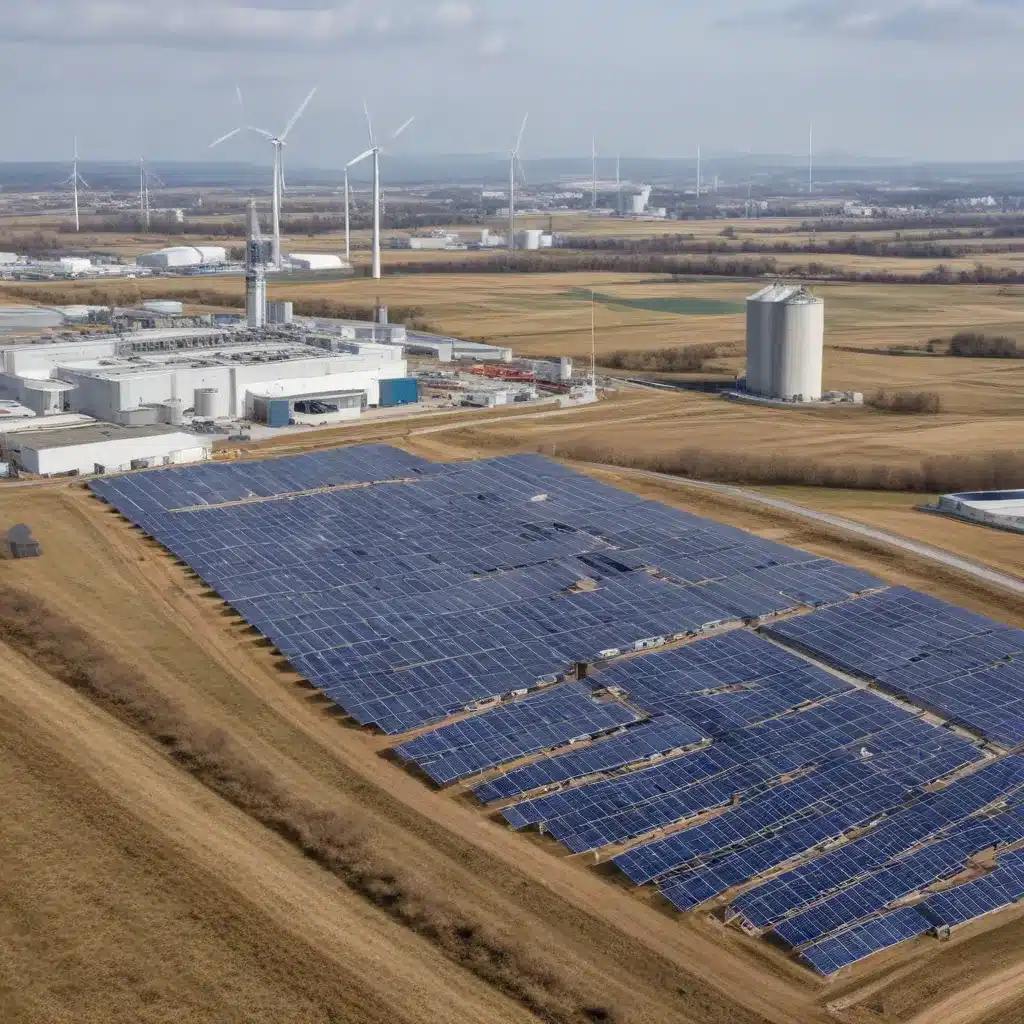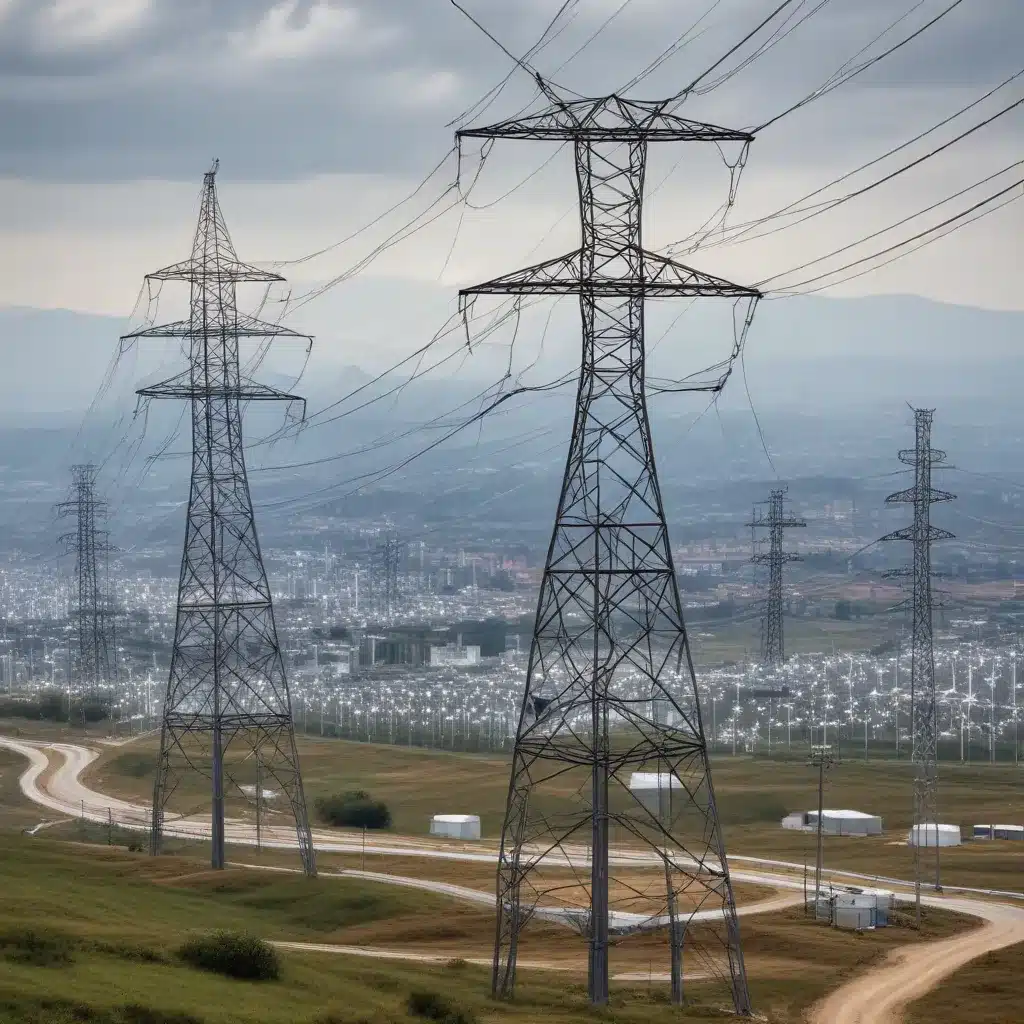
Advancing Sustainable Architecture through Prefabrication and Modular Construction
The Architecture, Engineering, and Construction (AEC) industry plays a pivotal role in addressing the dual challenges of community wellbeing and climate change mitigation. However, the sector’s substantial environmental footprint, marked by waste-heavy and energy-intensive supply chains, coupled with frequent cost increases and delays, has continued to plague the industry and impact housing affordability. Amidst these challenges, modular construction — the process of manufacturing building components off-site and assembling them on-site — has emerged as a promising approach to driving sustainability in the built environment.
Prefabrication in Sustainable Design
Prefabricated modular units, ranging from flat-pack components to fully built bathrooms, have the potential to redefine construction practices and unlock a more energy-efficient, waste-reducing, and cost-effective future. While the concept of off-site construction has been around since the early 1900s, it has historically remained a niche approach. However, the tide is turning as advancements in digital technology have eroded some of the traditional shortcomings of prefabrication.
State-of-the-art Building Information Modeling (BIM) tools and integrated data-sharing solutions, such as Hexagon’s Smart Build™ Insight, now enable complex planning, accurate manufacturing, and optimized module design, workflows, and logistics. This digital transformation is poised to make prefabrication a mainstream solution to the AEC sector’s pressing social and environmental challenges.
Modular Construction Techniques
Modular construction offers a range of advantages over traditional on-site methods. By manufacturing building components in a controlled, moisture-free factory environment, it becomes easier to utilize sustainable materials, optimize material usage, and enable the reuse or recycling of offcuts. This not only reduces construction waste — currently estimated at 25% of all materials ending up in landfills — but also minimizes the transport of materials to the site, leading to fewer carbon emissions from vehicles.
Moreover, the controlled factory setting optimizes workflows and reduces the potential for human error, mitigating delays caused by weather and other site-specific factors. This, in turn, translates into more efficient construction, lower heating and cooling requirements, and reduced noise and dust pollution at the construction site.
Prefab vs. Traditional Building
The benefits of prefabrication extend beyond environmental gains. By shifting a significant portion of the construction process to a controlled factory environment, modular construction can also improve worker safety and well-being. Construction workers are often exposed to hazardous situations and ever-changing project needs, leading to poor safety records. Prefabrication reduces the time spent on-site, minimizing the potential for many common workplace accidents.
Furthermore, prefabrication can help address the growing demand for affordable housing. By manufacturing high-quality building components efficiently and quickly, modular construction has the potential to reduce both construction time and costs, making it possible to deliver affordable housing units at scale. This approach has proven particularly valuable during emergencies, such as the COVID-19 pandemic, when modular construction allowed for the rapid set-up of new hospitals in China.
Reduced Construction Waste
One of the most significant environmental benefits of prefabrication is its potential to reduce construction waste. In traditional construction, an estimated 25% of all materials end up in landfills. Modular construction, with its emphasis on precision manufacturing and material optimization, can drastically lower this figure. The European Program EuroHouse estimates that modular construction can reduce the quantity of material utilized and produced by excavations by 50% and reduce waste by more than 15% during on-site works.
Energy-Efficient Design
Prefabrication also plays a crucial role in reducing the carbon footprint of the built environment. The design of a building greatly affects its energy usage throughout its lifetime, and prefabrication enables architects and engineers to incorporate energy-efficient features more effectively. By optimizing module design and integrating smart building technologies, prefabricated structures can achieve significant improvements in energy performance, ultimately contributing to the decarbonization of the building sector.
Minimized Site Disturbance
The modular approach to construction also minimizes the disruption to the surrounding environment. By manufacturing building components off-site, the on-site construction process is streamlined, reducing the need for heavy machinery, minimizing noise and dust pollution, and limiting the disturbance to local ecosystems. This is particularly beneficial in urban areas, where construction projects can significantly impact the quality of life for nearby residents.
Automated Manufacturing
Technological advancements are further enhancing the capabilities of prefabrication. Automated manufacturing processes, enabled by robotics and advanced software, are improving the precision and efficiency of modular construction. This, in turn, is driving down costs, shortening construction timelines, and increasing the customization potential of prefabricated building components.
Customizable Modules
The flexibility and customizability of modular construction are also being amplified by digital tools. Architects and designers can now create highly personalized building modules that cater to diverse project requirements and site conditions. This level of adaptability is crucial in meeting the evolving needs of communities and supporting the transition towards more sustainable, resilient, and livable built environments.
Smart Building Integration
The integration of smart building technologies with prefabricated modules further enhances the sustainability and performance of modular construction. By incorporating sensors, automation systems, and advanced analytics, prefabricated buildings can optimize their energy consumption, improve indoor air quality, and enable remote monitoring and predictive maintenance — all of which contribute to the long-term sustainability of the built environment.
Cost-Effective Project Delivery
The economic benefits of modular construction are equally compelling. By leveraging the efficiency and precision of off-site manufacturing, prefabricated projects can often be delivered at a lower cost compared to traditional on-site construction. Furthermore, the reduced construction timelines associated with modular approaches can lead to significant cost savings, making affordable housing and community infrastructure more accessible.
Accelerated Construction Timeline
The speed of modular construction is another key advantage, as prefabricated components can be manufactured concurrently with site preparation, significantly accelerating the overall project timeline. This agility is particularly valuable in emergency situations or when faced with tight deadlines, as demonstrated by the rapid hospital construction in China during the COVID-19 pandemic.
Scalable Expansion Potential
The modular nature of prefabricated buildings also provides opportunities for scalable expansion and adaptation. As the needs of communities evolve, prefabricated structures can be easily modified, expanded, or even disassembled and relocated, ensuring the long-term flexibility and resilience of the built environment.
The combination of environmental, social, and economic benefits makes prefabrication and modular construction a promising pathway for the Architecture, Engineering, and Construction industry to advance sustainable architecture and address the pressing challenges facing the built environment. By embracing these innovative approaches, the AEC sector can lead the way towards a more energy-efficient, waste-conscious, and community-centric future, as envisioned by the European Future Energy Forum.







